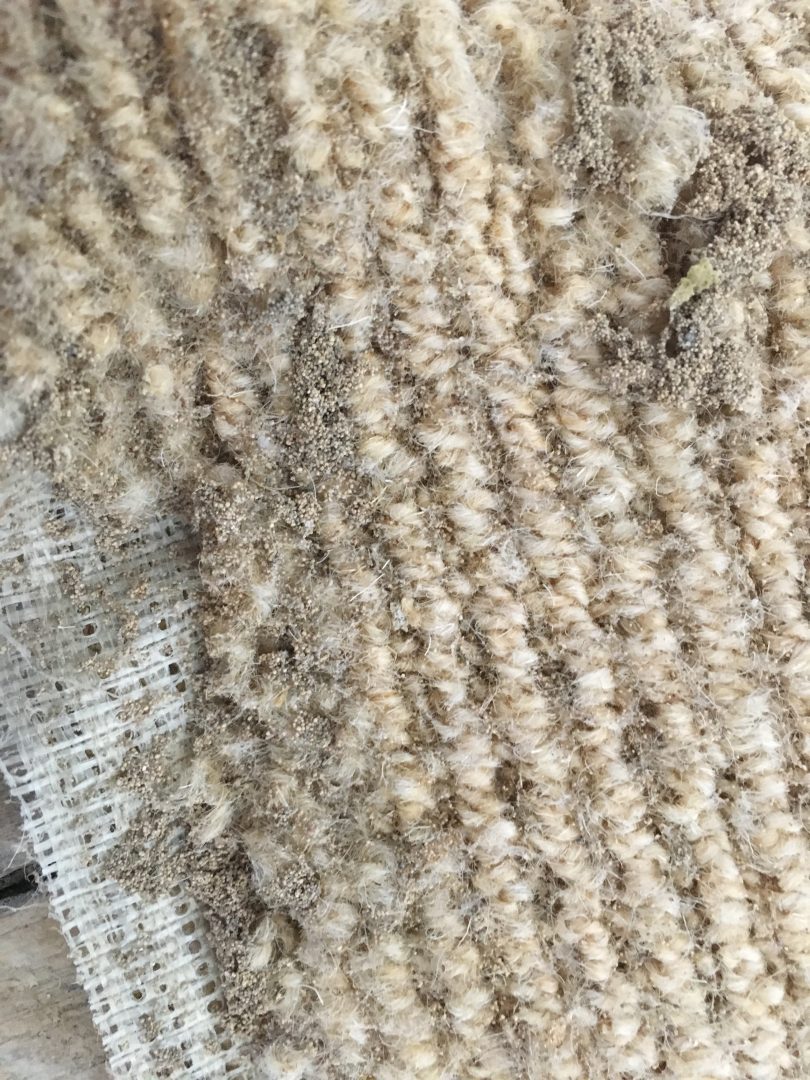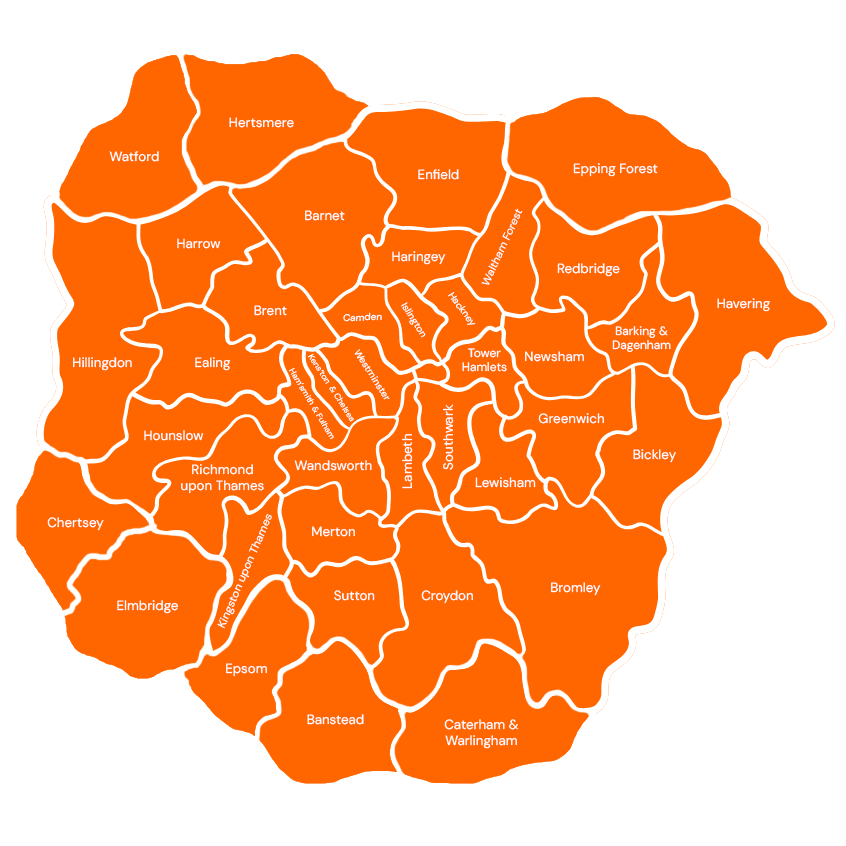
Frequently Asked Questions
Q: Where did the moths come from?
Read moreA : The kinds of moths whose larvae feed on textiles (clothes, carpet, fur, hair, feathers) most commonly get into properties through hitch-hiking on clothes and furniture, or rugs that might have been brought in. They will also travel between properties, especially across a hall or up the stairs in properties that share common hallways and stairwells. We have also observed that they can find their way through the structure of properties, under floors, through lofts and eaves, and even from an infestation in the neighbouring building. These moths love the dark and, unlike larger moth species, are not attracted to light. These are not the ones coming through the windows at night and bashing into the light bulbs!
Q : We don’t have fitted carpets but still see moths, why?
Read moreA : We often find that in a property that has a history of moth infestation in the carpet, even after this main source of food has been removed, the moths are still evident. The reason is that whilst the moth larvae are mainly feeding on the carpet, they will also be under the floors and skirting, living on any detritus that may contain keratin. This could be human or pet hairs, dust (much of which is our skin particles), rodent carcasses, insect carcasses.
Q : Will replacing our wool carpet with synthetic carpet solve a moth problem?
Read moreA : Synthetic carpets are completely man made and so have no natural fibres containing keratin in them. They are therefore immune to moth damage. However, if a previously moth infested area is not treated before a synthetic carpet is put down, the moth eggs and even larvae may still be present and could find their way to other sources of food such as dust and clothes.
Q : The manufacturer of my new carpet says it is “moth proof”, could I still get moth damage?
Read moreA : If the manufacturer offers a guarantee, they would be obliged to replace the carpet if it is damaged by moths. Unfortunately, we have seen this happen from time to time, so make sure sure you use a reputable supplier. However, if a previously moth infested area is not treated before a “moth proof” carpet is put down, the moth eggs and even larvae may still be present and could find their way to other sources of food, such as dust and clothes, without necessarily causing damage to the new carpet.
Q : Do we need to vacate the house after an insecticide treatment?
Read moreA : The insecticides are dangerous whilst they are being applied, but once dry are deemed safe according to the HSE guidelines for use of pesticides. The sprays that are applied to the floorboards or carpets are in a water based formulation so usually within an hour of the treatment rooms are safe for people and pets. Please note that the spray is dangerous to aquatic organisms. The PACE spray treatment requires rooms to be left vacant for at least 1 hour after the treatment. If you are particularly concerned about sensitivity to the use of insecticides, there may be non chemical alternatives we can offer.
Q : Is it safe for children and pets?
Read moreA : Yes, all of the products are rigorously tested and have clear instructions as to how and where they can be used, according to the HSE guidelines for use of insecticides.
Q : Can I do it myself?
Read moreA : There are a myriad of moth control products available from hardware stores and online retailers. Many of them may have a place in an overall strategy for getting rid of an infestation. However, in our experience, the effectiveness of certain products is often overstated and sometimes inaccurate. The reality is that most products you can buy as a non-professional are similar to the ones a professional will use, although insecticides will be a lower strength and available in smaller volumes. However, without sufficient experience and expertise in dealing with this problem, you may struggle to achieve the same results as a professional. Added to this is the fact that most people really only attempt to do something about a moth problem when it is already well established, which of course makes it even harder.
Q: What can I expect on the day and how can I prepare?
Read morePlease see our guide below for tips on what to expect on the day.
Get in touch if you need expert advice or treatment now
Wherever you are in London, we will provide advice and support for any moth control problem you have.
Contact us with your enquiry and we will book in a free survey with one of our Pest Control Officers or Field Biologists – all BPCA trained and registered. The survey enables us to give you the best treatment plan and quotation for the work needed.


 03333 399 654
03333 399 654 